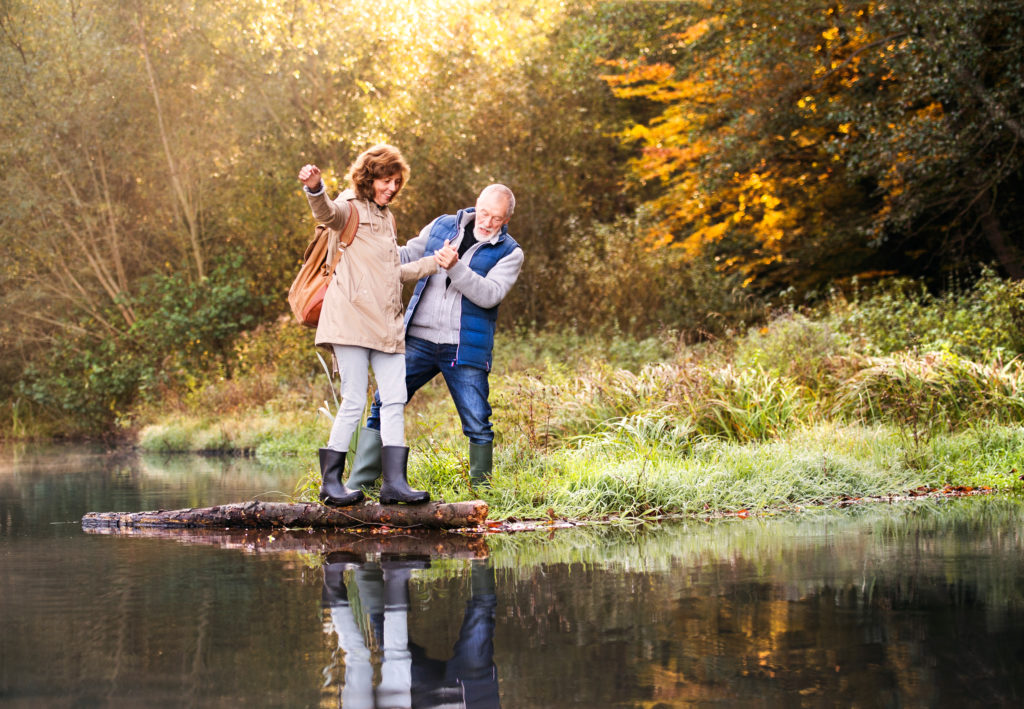Keeping you on the pulse of Pilates, the 4th Annual Pilates Has Heart Event is coming up! I’m delighted for this edition of the newsletter to have Hilary Opheim as a guest author. She is a Pilates Teacher and owner of Washington Avenue Pilates (WAP). I’m grateful to Hilary for sharing the moving and beautiful story of how this event began. Please welcome Hilary…
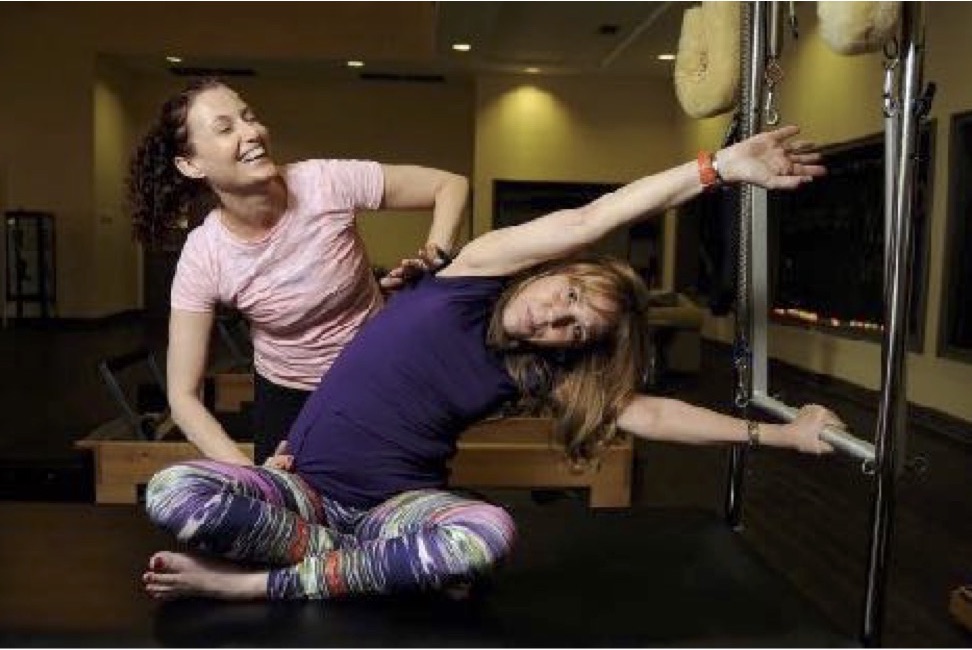
So this happened and started it all…
On Sunday, February 17th WAPilates is holding our 4th Annual Pilates has Heart Event. It is hard for me to believe that this summer will be 5 years since I said goodbye to a best friend and client of WAP, the reason I started this cause.
Let me tell you a little bit about why every year we hold this event with 100% of the proceeds going to Texas Heart Institute. It is all in honor of the most honest, strong, funny and courageous person I have ever met. Terri Dome. Anyone who knew Terri Dome left with a better heart. It’s ironic that her heart was too weak to support her greatness. At the young age of 13, Terri was diagnosed with non- Hodgkin’s lymphoma. After a year and a half of radiation and chemotherapy, her cancer went into remission. At 28 years old, she started fainting and discovered that the chemo and radiation had damaged her heart and lungs. After years of pacemakers, Terri underwent a heart transplant on February 14, 2009. Terri called this her Heart Birthday. As soon as her doctors gave her the thumbs up to work out, she found her way to WAPilates.
I still remember that phone call from Terri asking, “what exactly is Pilates?” Can I do this with my recovery from a heart transplant? Am I strong enough? She was afraid she would be limited in her ability. She agreed to give it a try, and my life, those of the WAP Teachers, and many, many clients were forever changed.
Terri was a bright light. No matter what was happening with her body, the pain she was having or how she felt, she made all those around her smile and laugh. She didn’t want anyone to know her as the “sick girl.” Many didn’t know about her heart transplant until she agreed to do a piece for our newsletter.
Terri was a true fixture in our studio. She had “her” chair and after her workout, she would sit in her chair, iPhone in her hand playing Words with Friends or checking out movie times so she could hit the theatre. Her Friday Pilates sessions were her favorite. My personal workout with Kim, who was also Terri’s Teacher, was right after her workout. It was noon on Friday and usually a quiet time so it would be just the 3 of us in the studio.
She would watch when we got to advanced work, looking up from her iPhone and saying with all seriousness, “Oh yeah, I do that!” as if that was no big deal. She would sprinkle all the clients’ workouts with her contagious laugh and commentary. They would leave the studio with more than a healthier physical body. They left with a more whole heart.
Terri was quiet in what she did for others. She volunteered and would visit kids dealing with cancer as she had. She would sit and talk to them about the job she had at Lucas Film. She talked with them about Star Wars and all the behind scenes, made them laugh, and she would listen as they shared their feelings and fears. She knew what they were going through and was able to share that with them. She would also give her time to the Texas Heart Institute and speak on her experience to help others.
Terri became more than a client to many of us. To me she was one of my best friends; she was a rare find in that department. If you were lucky enough to know Terri and have her in your circle, then you had a friend who would back you to the end, fight for you, and unconditionally love you. That is a gift that she had like no other.
On July 1, 2014, we lost Terri. It took a good year for the studio, clients, and instructors, to come to terms with her no longer being in our world. Her chair seemed so empty and the Friday afternoon was silent. In late 2015, as my client Carla and I were starting her session I told her, “ I want to do something to honor Terri, to continue her work and to keep her memory alive.” That is how Pilates has Heart was born.
We decided to combine her love of Pilates and WAP. Terri always said that Pilates and WAP saved her life. So, our first annual event was held on Valentine’s Day, February 14, 2016, her Heart Birthday. Those who knew and loved Terri came together for a Mat class, and in a true grassroots way raised over $3,000 for the Texas Heart Institute. Her husband Steve Dome spoke for the first time about Terri, and many gave donations and helped spread the word, Pilates Anytime being one of them.
On Sunday, February 12, 2017, Pilates has Heart held it’s second annual Mat class at Silver Street Studios. We raised double with a little over $6,000 and each year we have continued to grow with Pilates Nerd donating shirts in 2017 and many wonderful raffle prizes. Our 3rd Annual Pilates has Heart moved into our studio where we feel Terri would be happiest!
3rd Annual Pilates Has Heart Mat Class ~
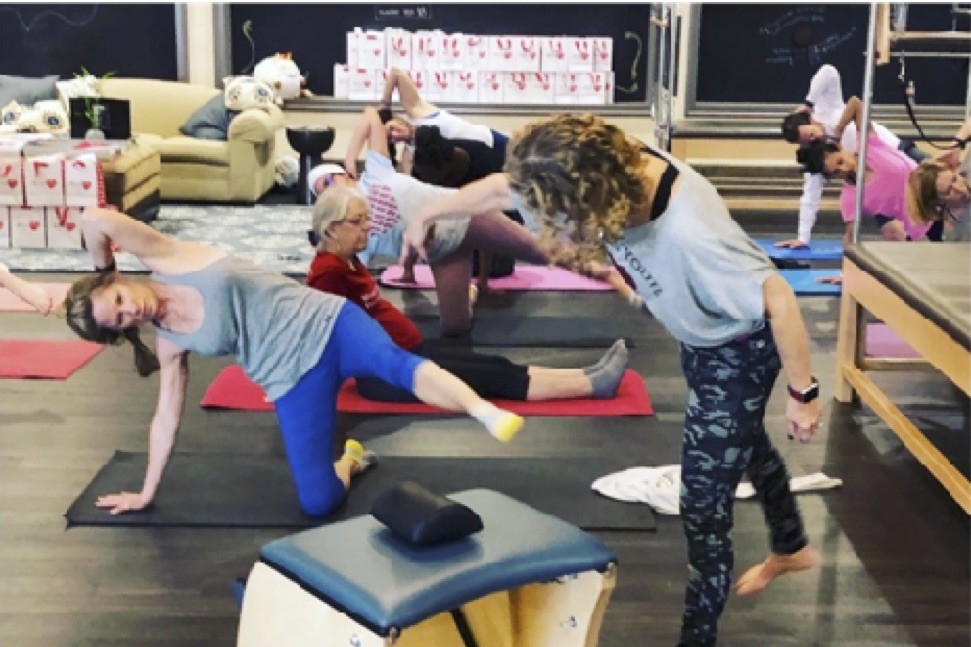
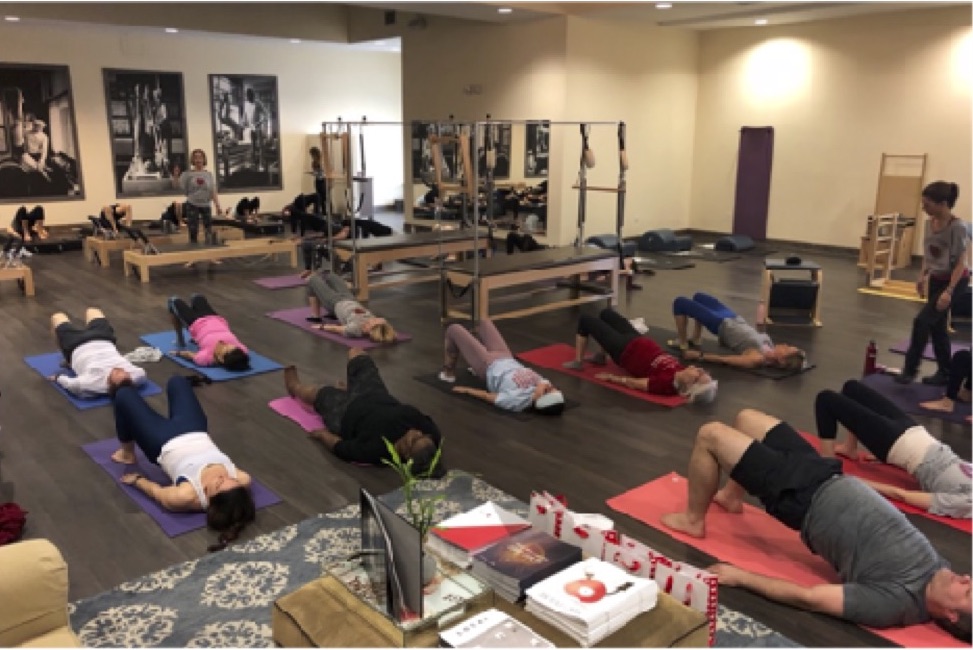
This year we will fill our studio with those that love Pilates and are wanting to help the community that is dealing with heart issues or will be one day. Making a difference as we all hit the mat, sweat, meet and laugh. I know that Terri will be in her chair, smiling and enjoying every moment of it. I know because every year I feel her there.
Pilates has Heart is an emotional time for all at WAP and when it is over each year our friend is missed even more. Thanks to all that come, support, give and join in the cause I know that we are making a difference not only for people like Terri but, for our community and friends.
Keri Sprung, with Texas Heart Institute, knew Terri Dome, and I think her words speak to the heart of the event: “Terri’s beautiful heart and mind continue to inspire our research and education, and we are deeply honored to be a part of this event celebrating her unwavering courage and dedication to helping others.”
About the author ~ Hilary Opheim
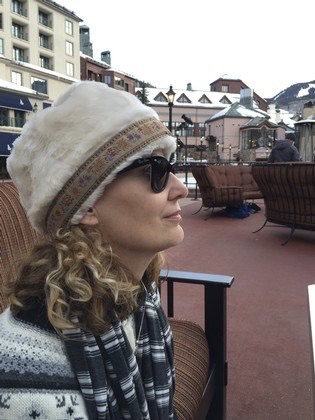
Hilary trained with John Gossett in Houston, Texas. She opened up WAP in January of 2005 and has continued her journey of learning and practicing Pilates as a teacher and as a student. Hilary has her own Teacher Training Program, Mentorship Program and Workshops that she presents and continues her own studies with Benjamin Degenhardt’s 360 Program and Cara Reeser Heritage Program. http://www.hilaryopheim.com

